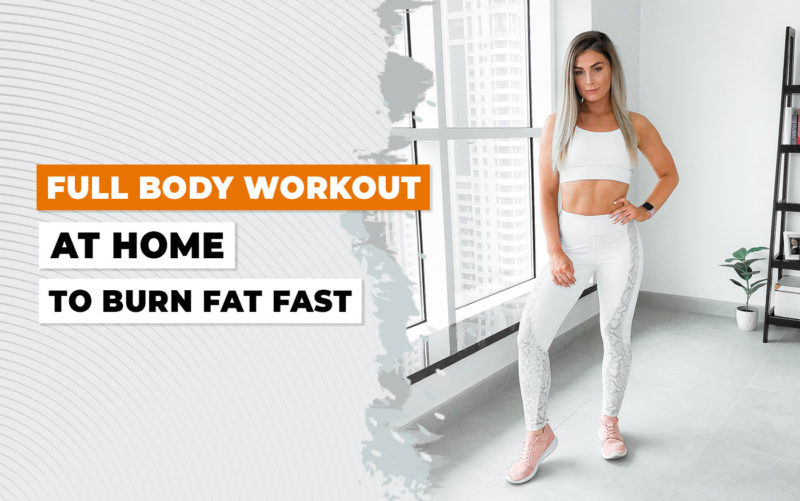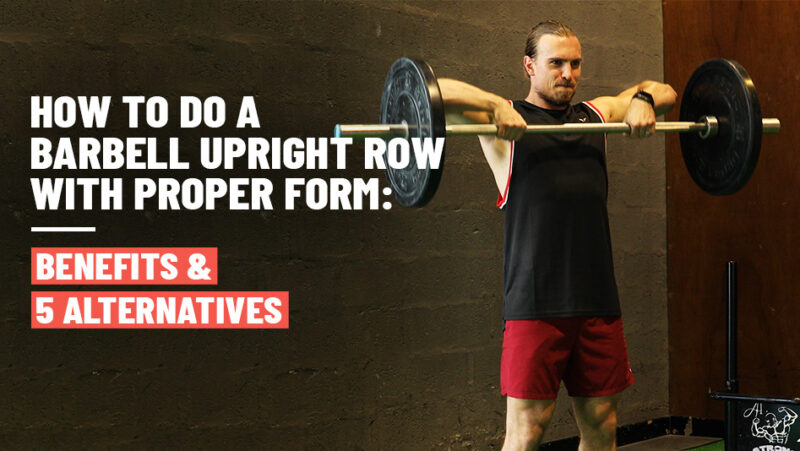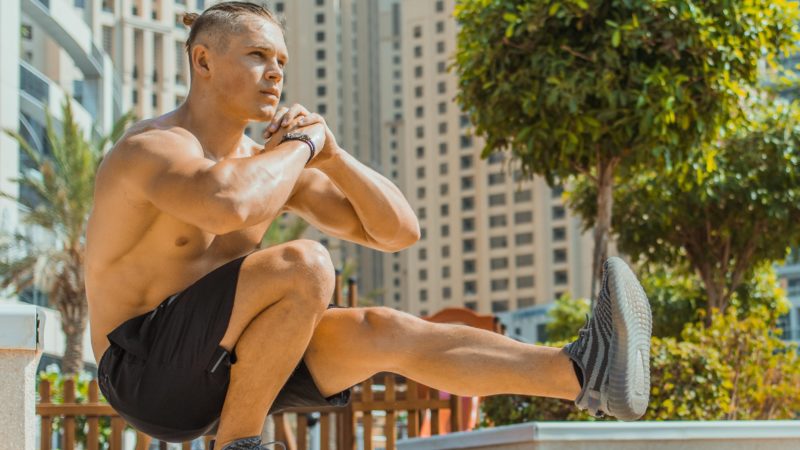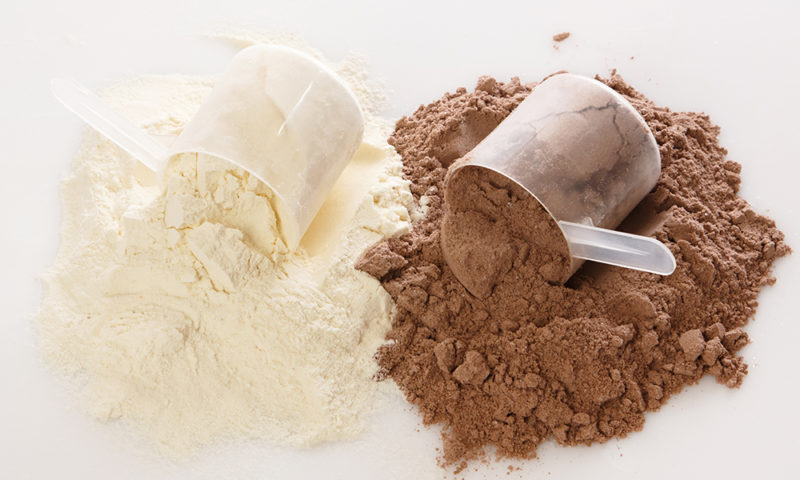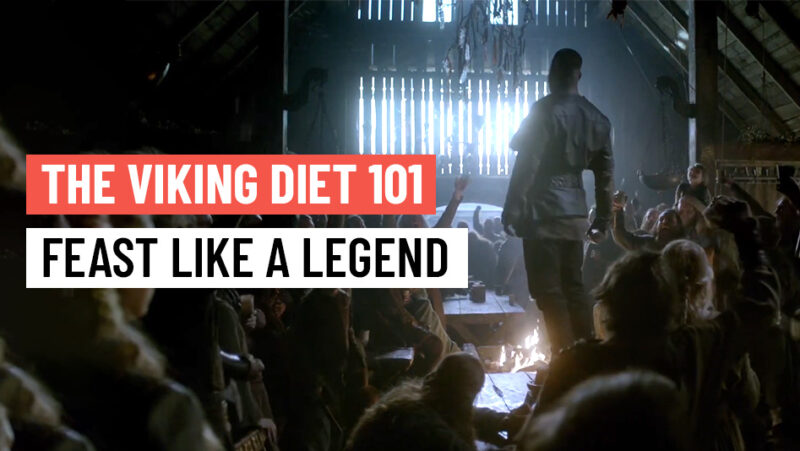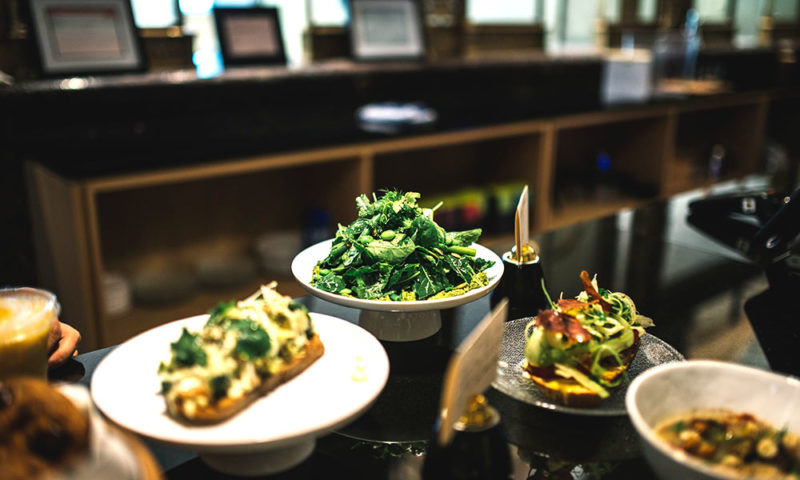A hip thrust can help you squat more, run faster, and even jump higher. Sound too good to be true?
Your glutes are one of the largest muscle groups in your body. As a result, it plays a massive role in your performance, health, and fitness. Hip thrusts are glute bridges but one level up as they involve weights.
In fact, working your glutes is necessary for a strong lower body. A hip thrust is one of the most optimal movements to strengthen hip extension, responsible for basic movements like getting up, walking, or jumping.
Hence, we have covered everything you need to know about hip thrust. This guide outlines the proper way to do a hip thrust, the common mistakes, variations, and benefits of this power-packed exercise.
What Is A Hip Thrust?
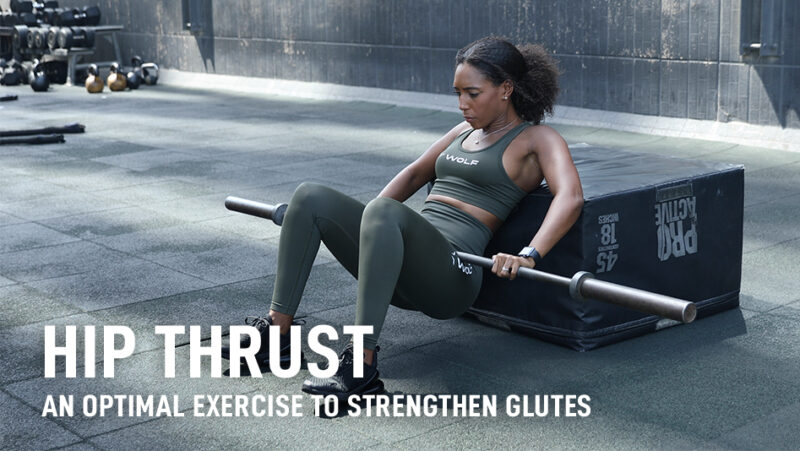
Fitness experts have unanimously agreed that glute bridges are optimal for strengthening your glutes. Moreover, a hip thrust can produce even more outstanding results than a hip extension as it is a weighted version of a glute bridge.
As we talked about above, hip extension is the goal here. Improving hip extension helps to strengthen basic movements like walking, running, and jumping. All of which are key to outstanding fitness and health. An optimal exercise to strengthen glutes
Apart from hip extension, this movement also requires support from your hamstrings and quadriceps.
The movement itself is pretty simple. With a barbell, perform a glute bridge using your glutes to lift your body off the floor. This movement causes your hips to fully extend and come in line with your shoulders and knees.
Muscles worked:
Glutes: This includes: gluteus minimus, gluteus medius, and gluteus maximus.
Strong glutes help with an improved posture, reduce stress and pressure to your lower back, improve athletic performance, hip extension, and help to prevent injury to the knees, lower back, and pelvis.
Hamstrings: Well-built hamstrings help you with your athletic performance, help with acceleration, improving posture, and helps to prevent lower-body injuries.
Quadriceps: Strong quads help with improving the stability of your knee and injury prevention. They also help you jump higher, increases overall athletic ability, balance, and strengthens basic movements like walking, running, and bending.
Adductors: These groups of muscles help to prevent knee injuries, provide stability to your body, and strengthen your pelvis.
How To Do A Hip Thrust?
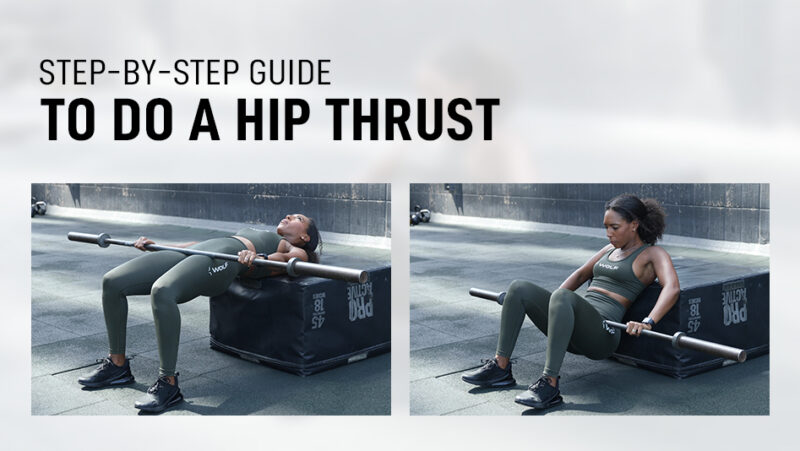
Before we start, let’s make sure we have the right equipment. Now, the first thing you will need is a bench. Make sure that the bench is not higher than your knees.
Next, whip out your barbell with an appropriate weight. You can also a towel to act as a cushion between the barbell and your legs.
The Movement:

- Start by sitting on the floor with a bend in your knees and the bench behind you. Now, you should aim for a hip-width apart stance for your feet.
- Next, place the barbell across your hips. Slowly lean back on the bench while simultaneously squeezing your glutes.
- Now, your glutes should be in line with your knees and shoulders. The middle of your back should be on the bench by now. Once your knees are bent at a 90-degree angle, tighten your core and hold for a moment.
- Finally, lower your hips downwards until they are just above the floor. This entire movement from pushing your hips up and then coming back down equals one repetition.
Start by doing three sets with 12 repetitions.
Common Mistakes
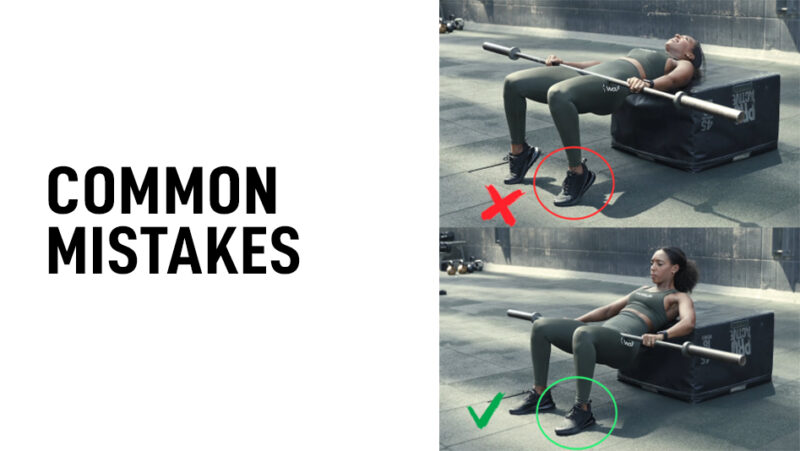
As with every exercise, form is critical. Without proper form, you will either end up hurting yourself or not gain anything from the movement. These are a few things you should watch out for when doing a hip thrust.
Foot placement:
It’s common weight lifting knowledge. Even a slight change in angle can end up activating other muscles. The same goes for a hip thrust.
You need to be careful of moving your feet too close or far away from the body. If your feet are too close to the body, you will feel the burn on your quadriceps. On the other hand, if your feet are too far away, you’ll feel the burn on your hamstrings.
Hence, the most appropriate placement is the one that naturally comes forth when your knees make a 90-degree angle.
Neck Support:
During a hip thrust, your middle back has the support of the bench. However, your neck is left to the mercy of gravity.
Now, letting your head dangle backward while you stare at the ceiling is not recommended whatsoever. This can cause your spine to over-arch and unnecessarily strain your neck.
The best practice is to keep your chin as close to your chest as possible. Thus, reducing strain while helping to engage the core.
Incomplete Movement:
Rigidness in the hip can cause you to not fully extended your hips. Now, this is just plainly counterproductive. This rigidness can also happen if you are lifting too much weight.
Remember that your knees have to make a 90-degree angle while in the extended position. In addition, your knees, hips, and shoulders should all be in a straight line.
Accomplishing these two essential factors means that your rep was done perfectly. Lastly, we come to moving up and down too quickly.
By taking your time, you ensure that each rep strains your glutes hard enough to make a positive impact. Go slow and feel the burn. It also helps to keep your posture perfect.
Variations Of A Hip Thrust
Glute Bridge:
A hip thrust and a glute bridge engage the same muscles. They are practically the same thing. However, the only difference is that a hip thrust uses weight and a glute bridge uses bodyweight.
Moreover, you can do a glute bridge without any equipment. This is one reason why it is an effective exercise for home workouts
 .
.
- Start by lying on your back with your hands to the sides or up.
- Now, keep your knees bent and feet firmly on the ground.
- Next, squeeze your glutes and push your hips upwards.
- Again, your hips, knees, and shoulders should form a straight line.
- Also, just like in a hip thrust, make sure to do the movement slowly to strain your glutes properly.
Weighted Glute Bridge:
Say the standard glute bridge was stimulating but not straining enough, what now? Simple, add some weights to it.
- Again, you’ll follow the same steps as the glute bridge.
- However, the only difference is that you’ll be placing a dumbbell, barbell, or kettlebell across your hips.
- This added weight can help add a bit more spice to a standard glute bridge.
Resistance Band Glute Bridge:
This exercise is another excellent hip thrust variation.
- Start by placing a resistance band around your lower thighs.
- The band is crucial as it can’t be too loose and it can’t be too tight.
- When you lift thrust your hips, you should feel the resistance band adding more natural strain.
Shop Power Bands
[ux_products columns=”5″ ids=”686163,686156,686147,686033,686068″]One-Leg Hip Thrust:
Now, this would be the most demanding variation of the hip thrust.
- This variation requires you to do a hip thrust only on one knee.
- This variation should be done weightless.
- Adding a resistance band can’t hurt.
- However, using a barbell can increase the risk of injury as it can get challenging to balance it.
Benefits Of A Hip Thrust
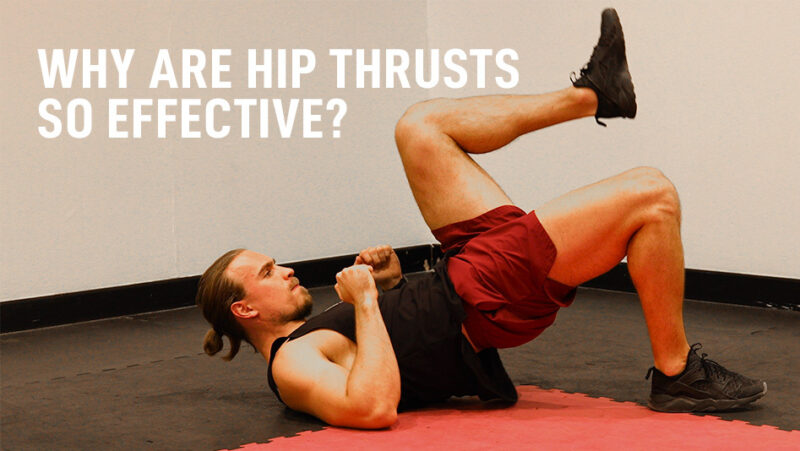
Build Necessary Muscle Strength
Whether you are walking, running, jumping, or even sitting, hip extensors are playing their part. As discussed earlier, one of the best movements to strengthen these extensors are hip thrusts.
All of these muscles, in one way or another, are contributing to your daily performance. These muscles support you during workouts. They are also used during sports, athletics, or just everyday life.
We usually see squats, lunges, and deadlifts as our go-to exercises to build the lower body.
However, hip extensors have proven to be as just as necessary. Many fitness experts agree that hip thrusts are effective for athletes as well as older adults.
Lastly, strong glutes help with stability, mobility, function, and performance. So, hip thrusts are easy and practical to build strength.
An Easy Alternative For Squats
This exercise is beneficial for people of old age. Exercise can help curb many age-related problems. For some, squats can be difficult.
Placing a barbell and then maintaining the proper posture is difficult for newcomers. Anyone suffering from a shoulder or neck injury may find placing the barbell difficult.
Hip thrusters are an easy alternative. Just like a squat, it also helps activate the same crucial lower body muscles.
On a final note, the hip thrust is an all-around lower body exercise.
Yes, it works on your glutes but also your quads and other supporting muscles. This movement helps to build strength, flexibility and to reduce injuries.
Read More


